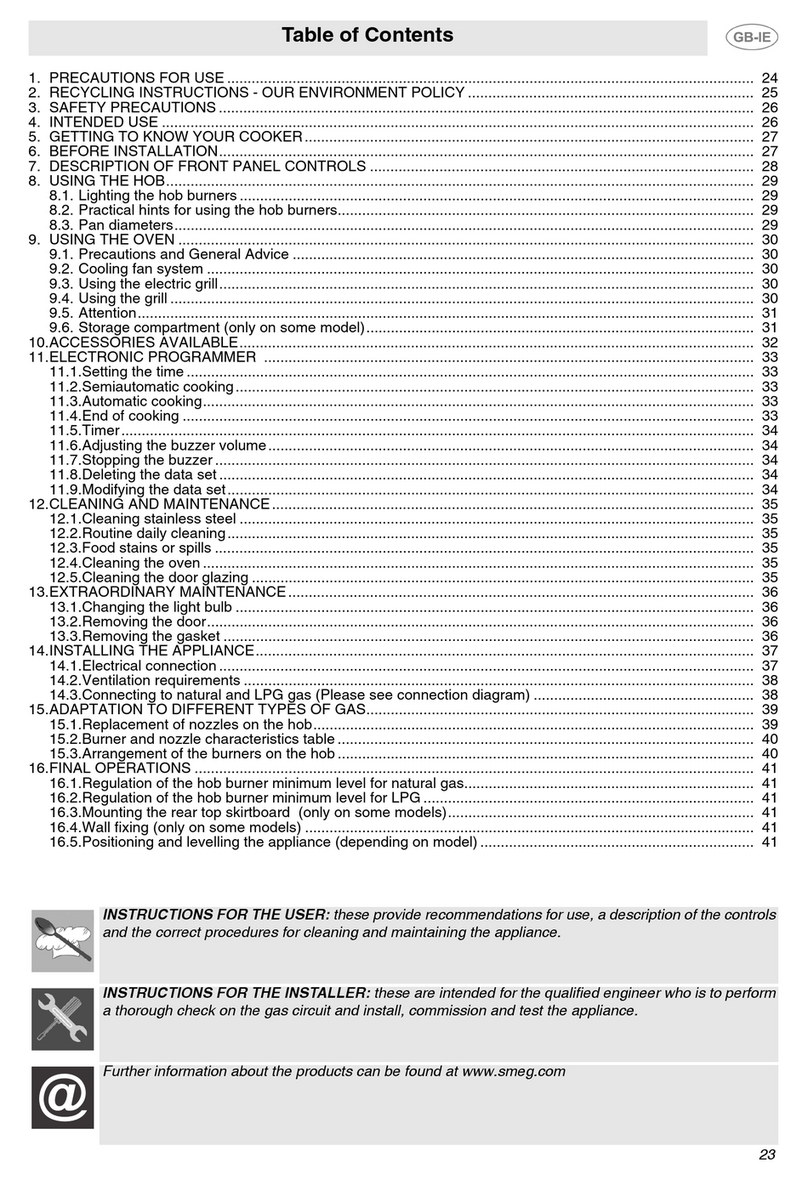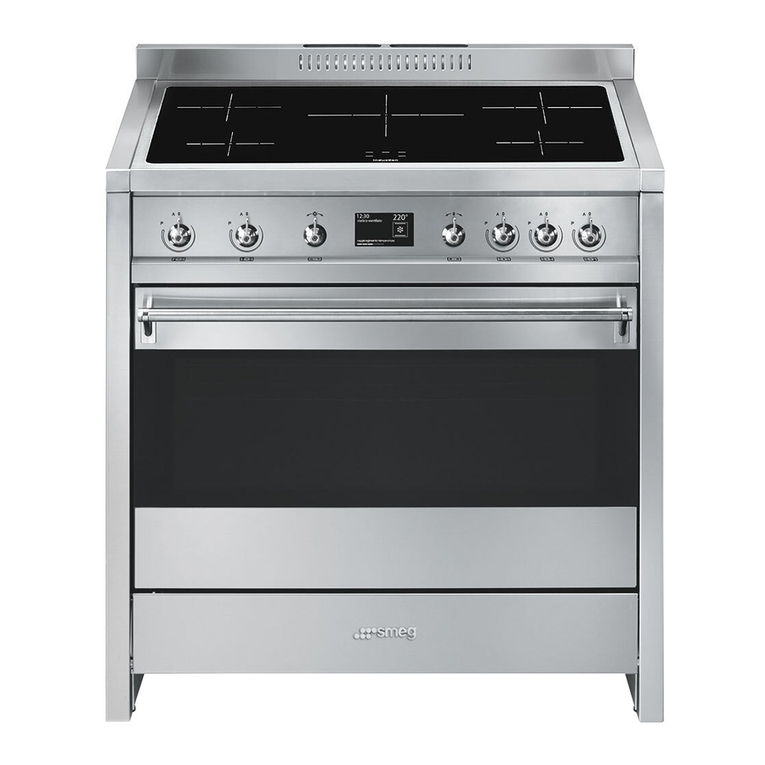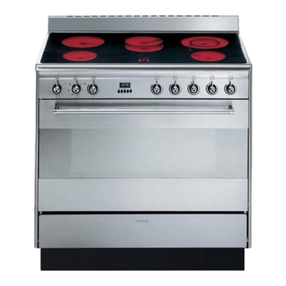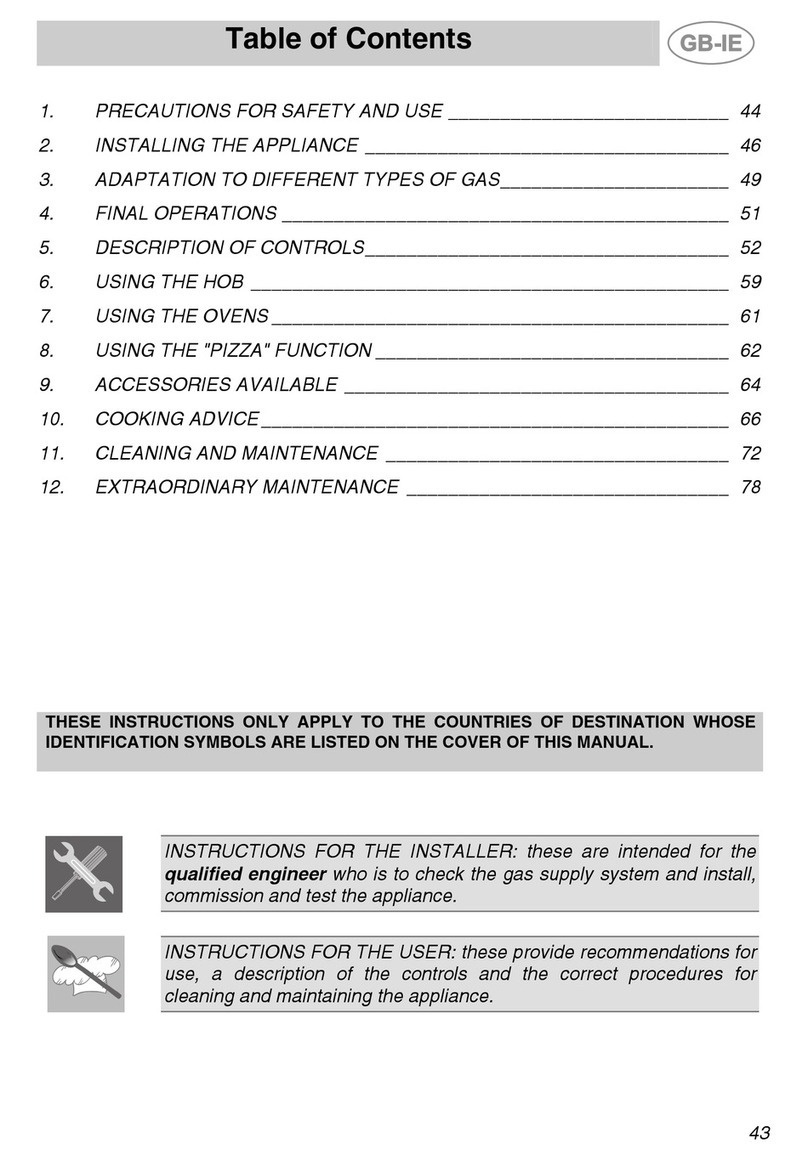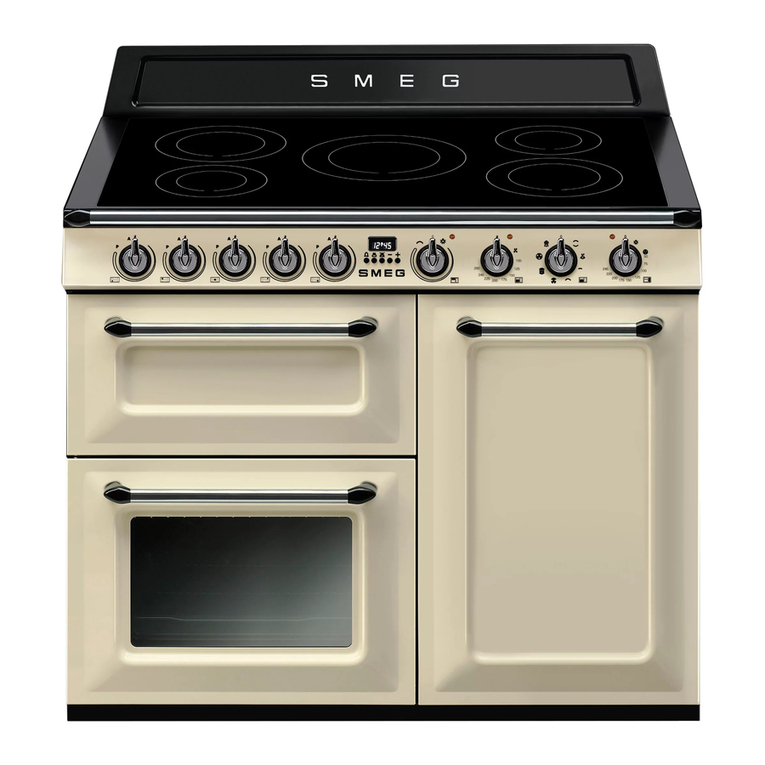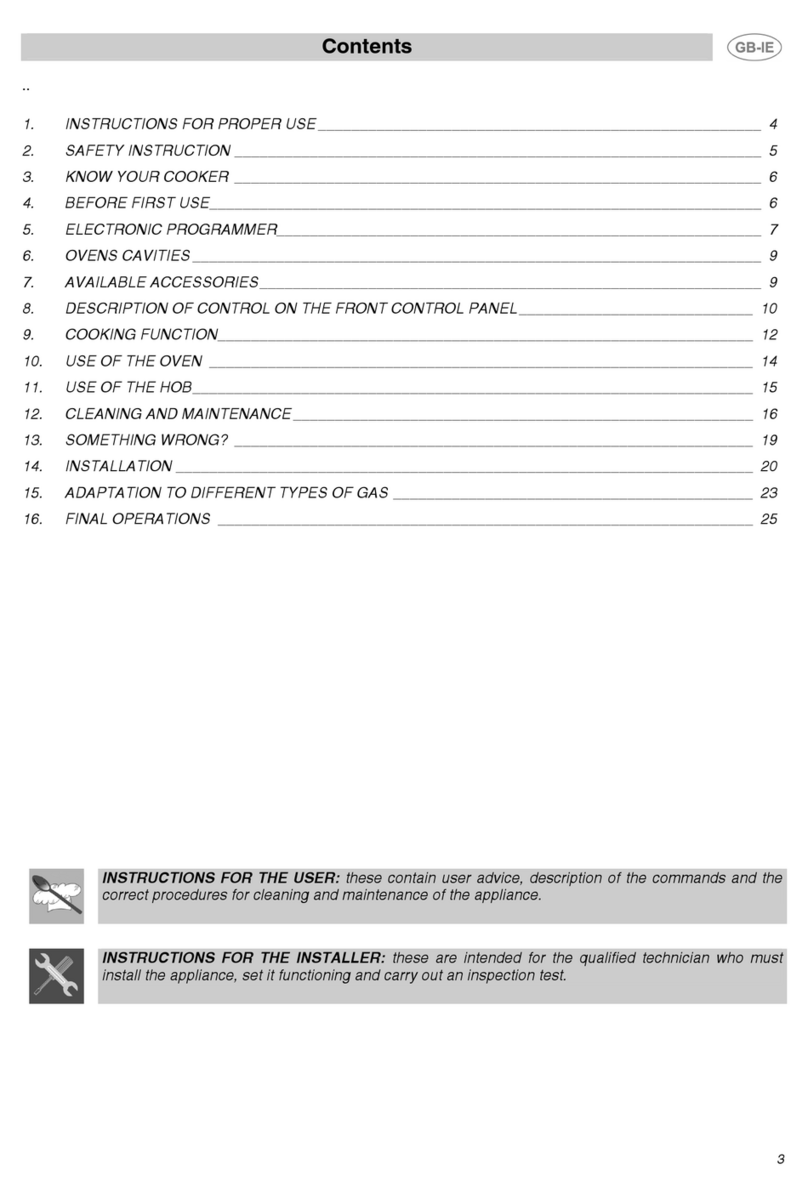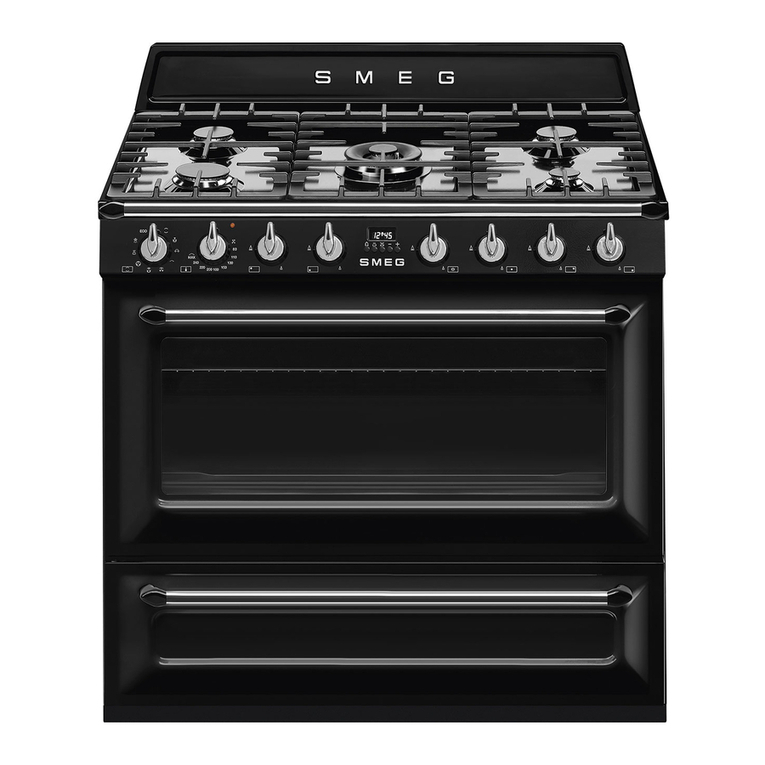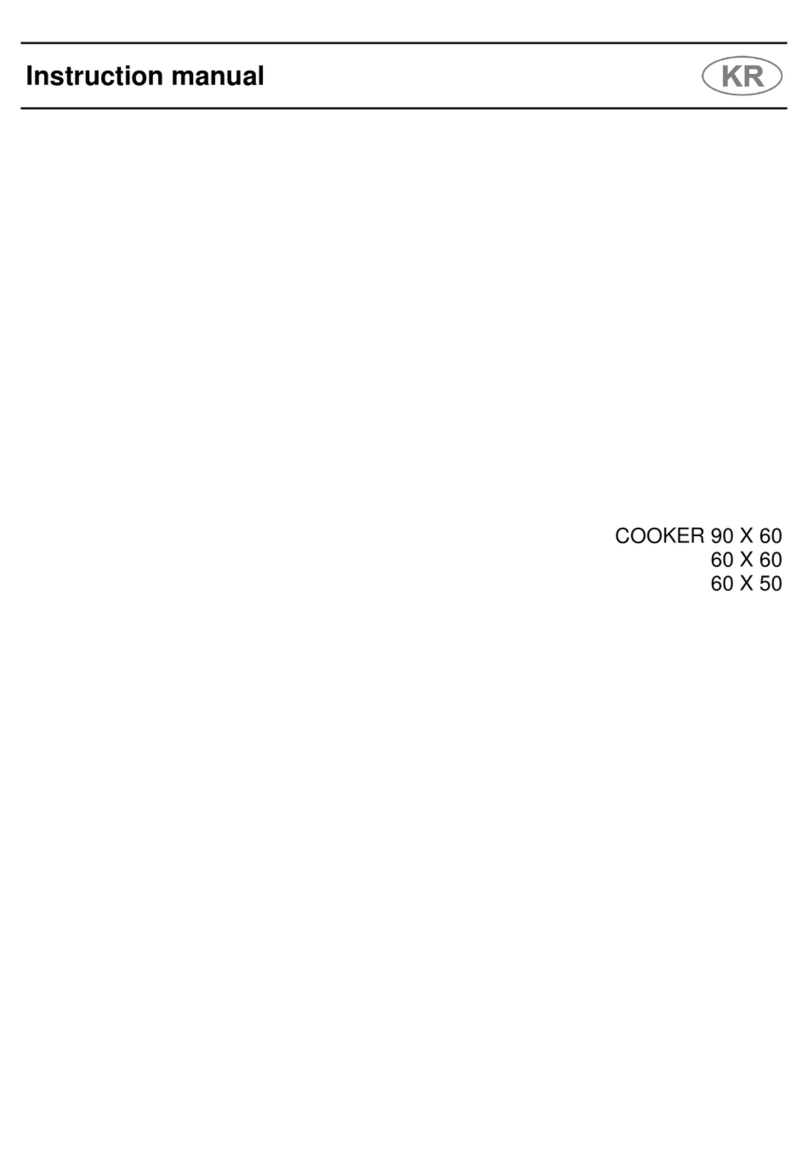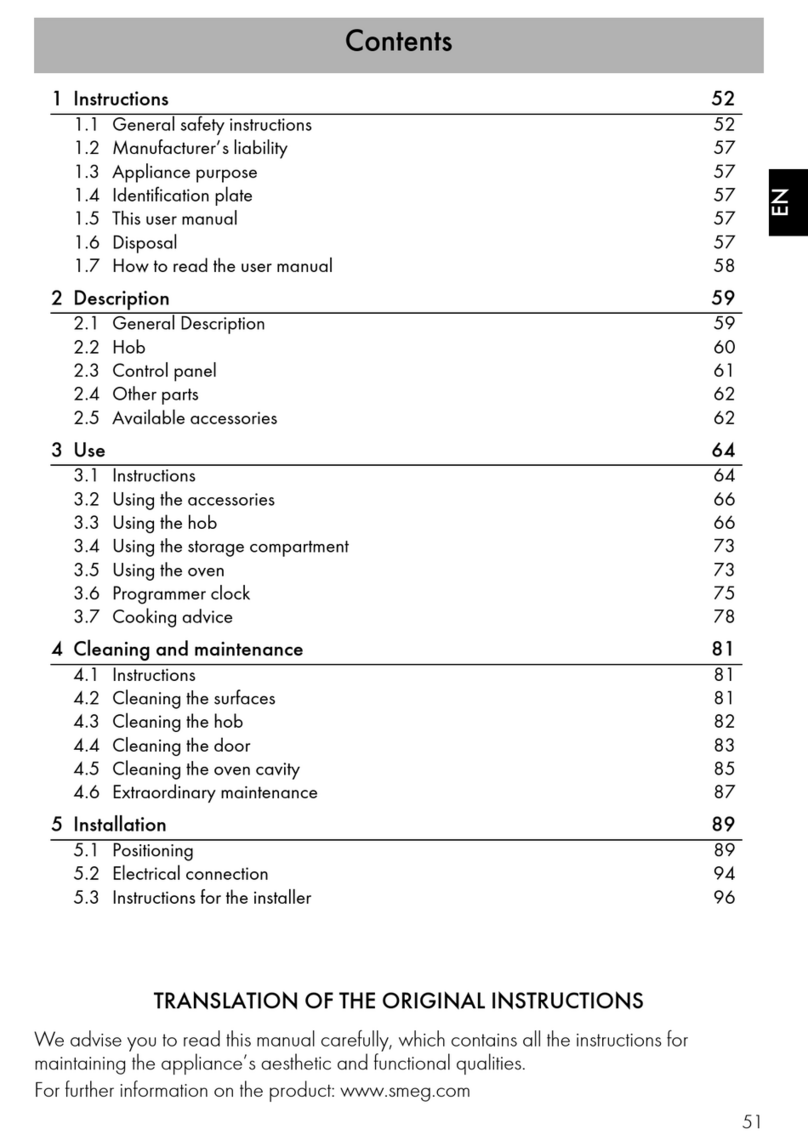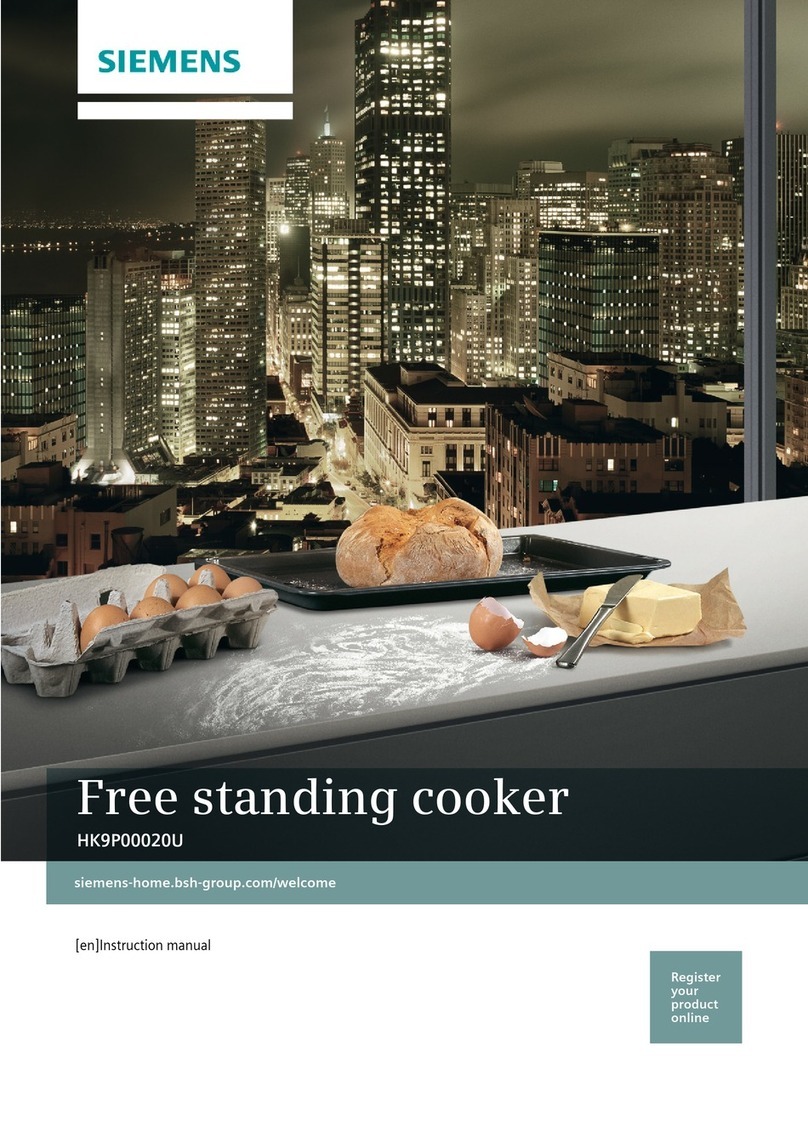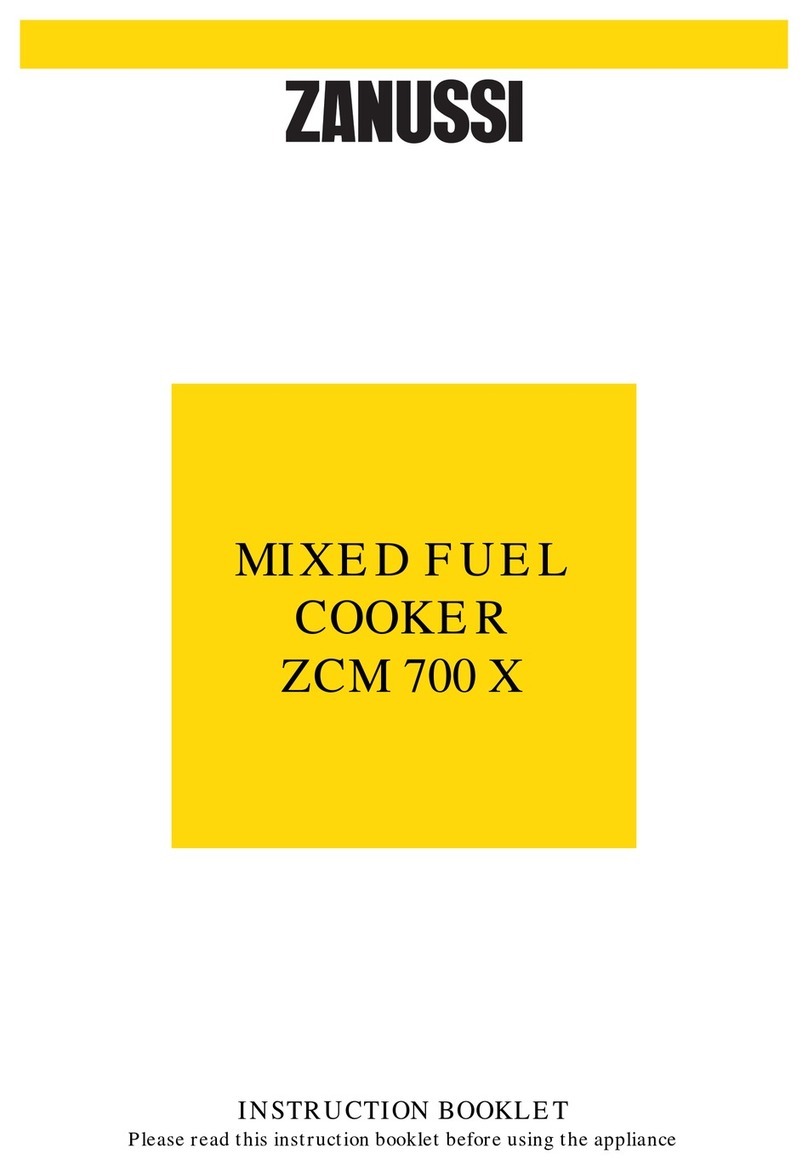Smeg Victoria TR90IGR User manual
Other Smeg Cooker manuals
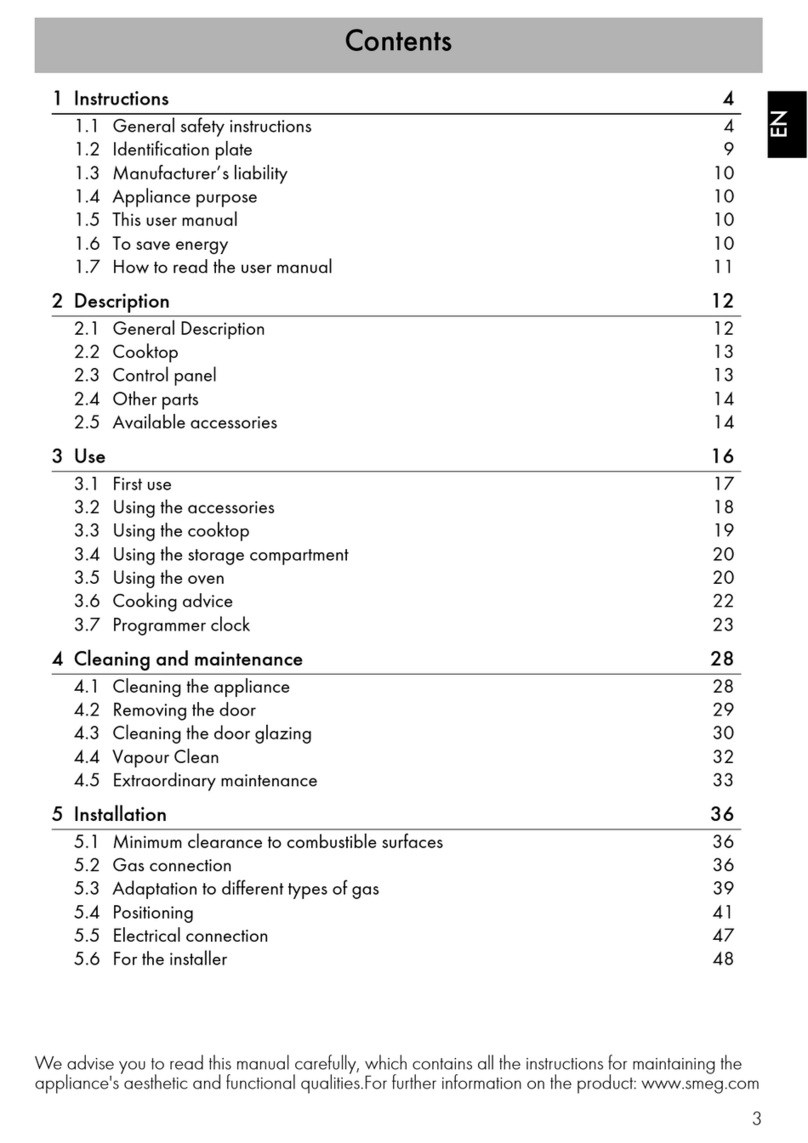
Smeg
Smeg CS9GMBA User manual

Smeg
Smeg Classic User manual

Smeg
Smeg SYD4110IBL User manual
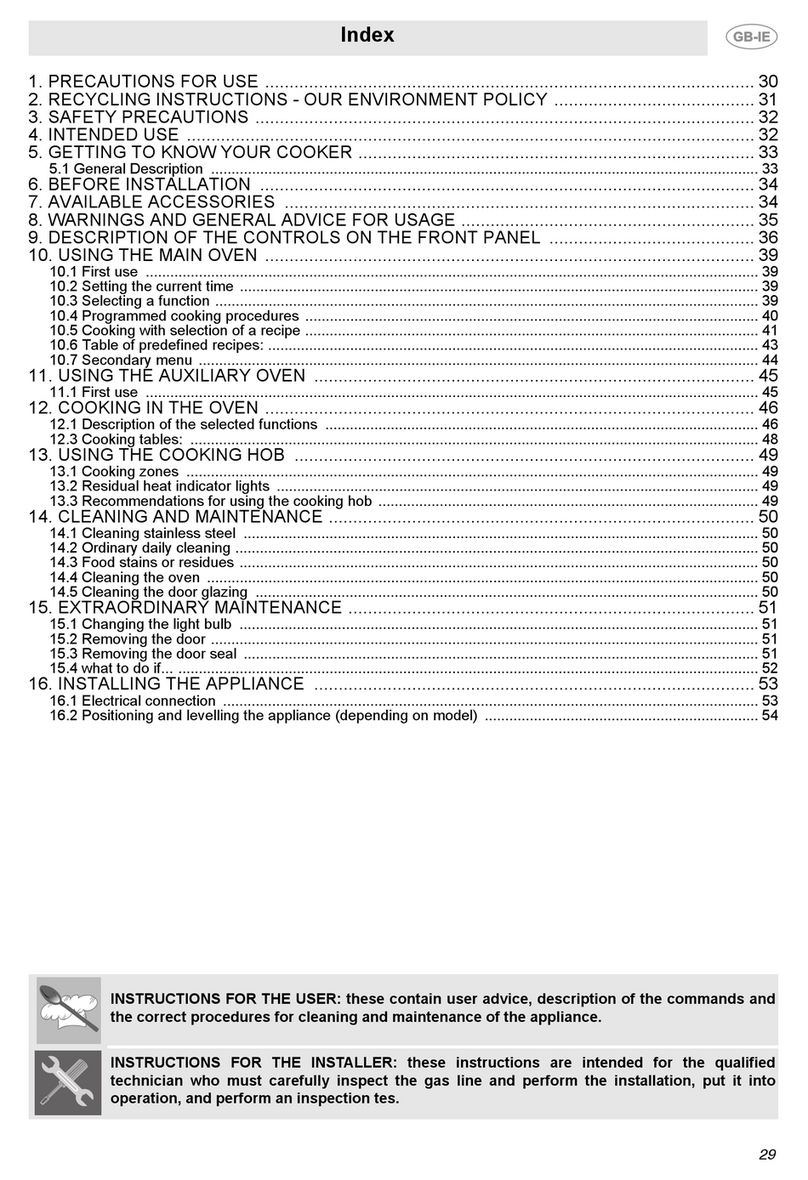
Smeg
Smeg CE92CMX User manual
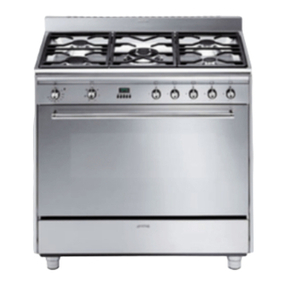
Smeg
Smeg CA61VM User manual
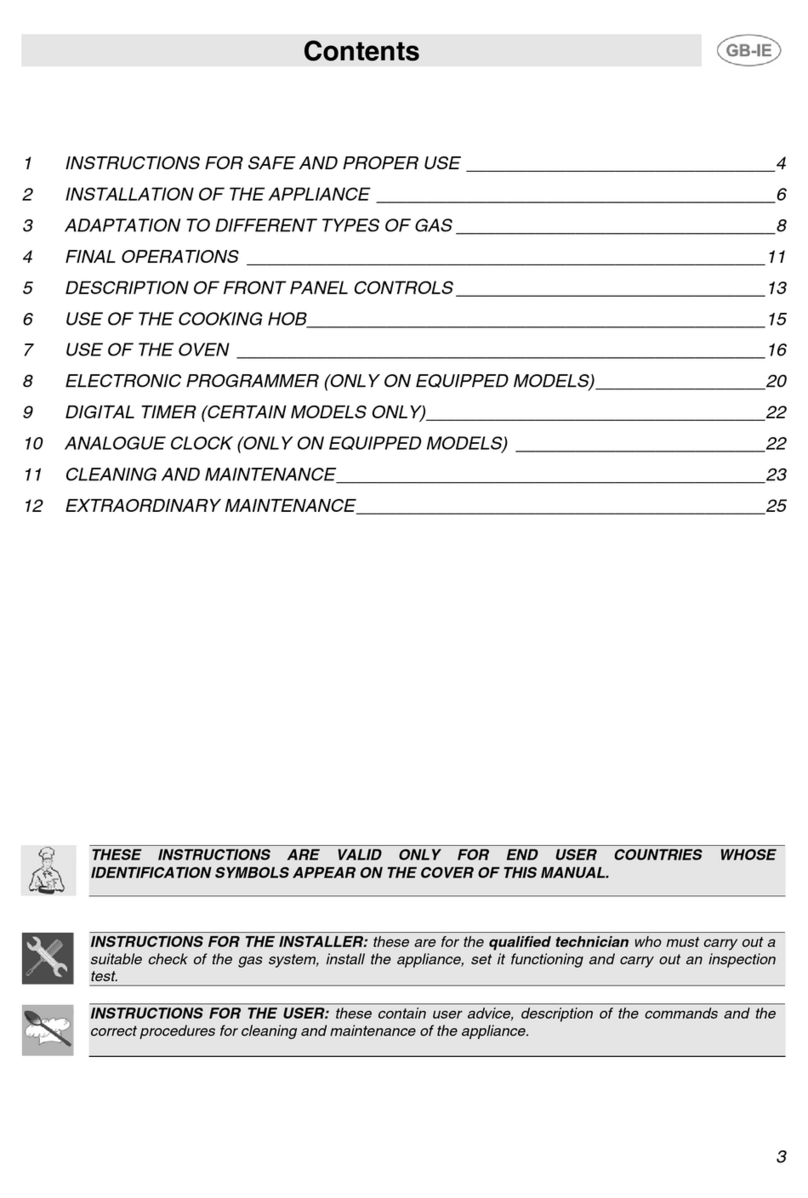
Smeg
Smeg SCB80GX User manual

Smeg
Smeg FSP9610X-1 User manual

Smeg
Smeg Portofino Aesthetic CPF120IGMPWH User manual
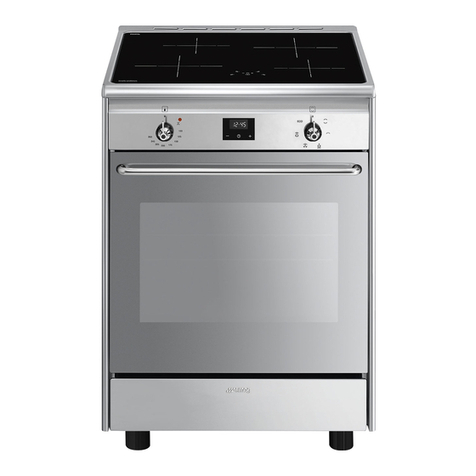
Smeg
Smeg Classica CX60ISVT9 User manual

Smeg
Smeg Classica CX60GP User manual
Popular Cooker manuals by other brands

RiverGrille
RiverGrille TF2002501-RG Assembly instruction

Vollrath
Vollrath 69504F Operator's manual
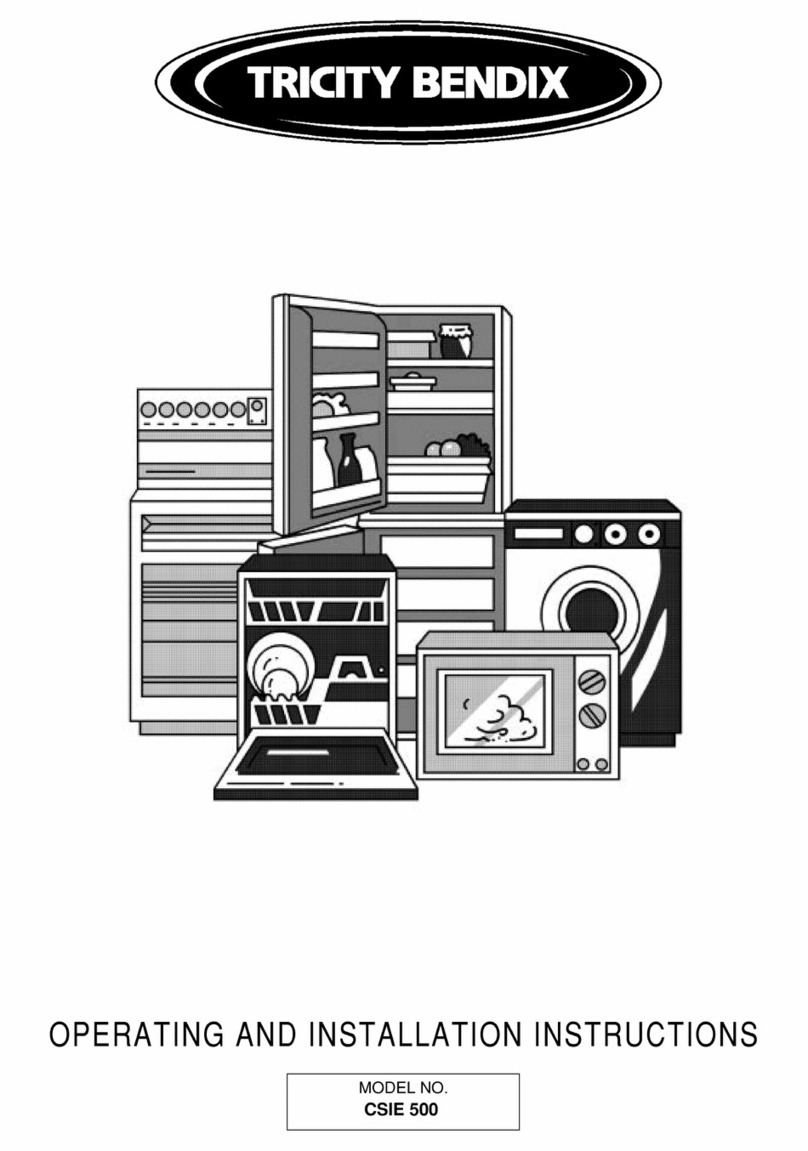
Tricity Bendix
Tricity Bendix CSIE500 Operating and installation instructions
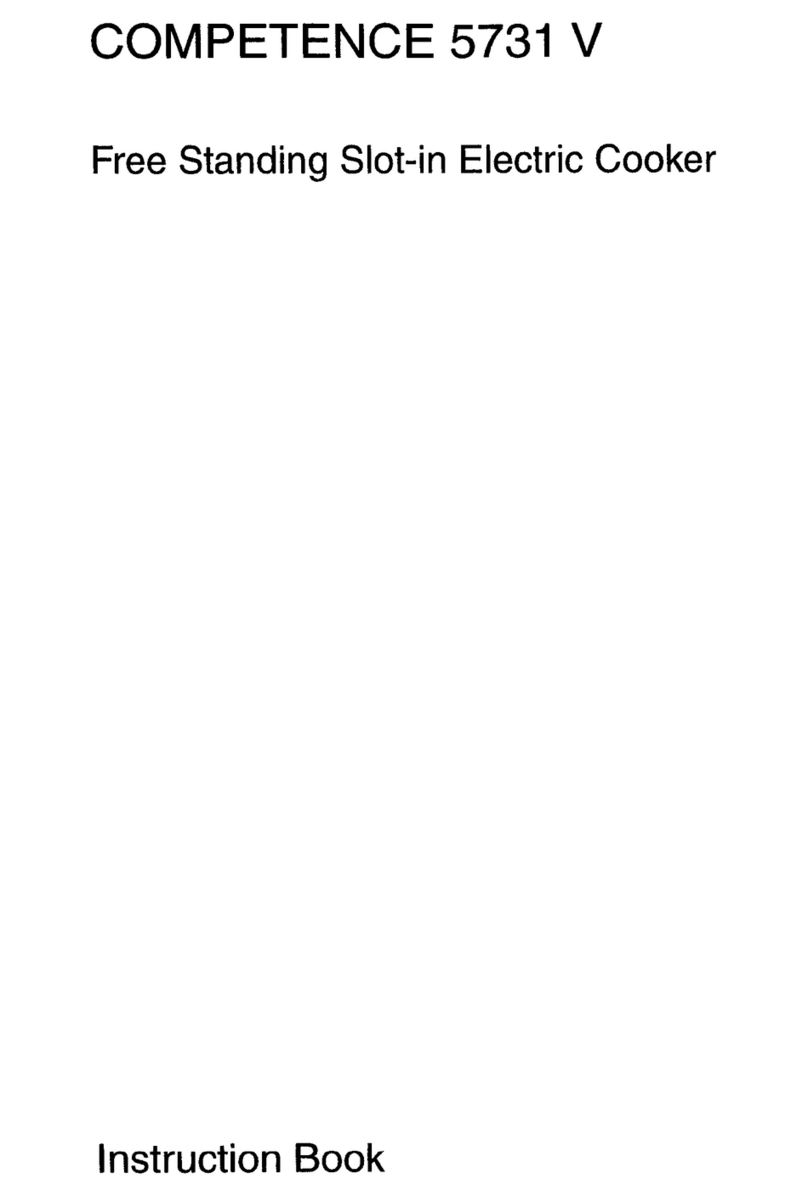
AEG
AEG Competence 5731 V Instruction book

Euromaid
Euromaid ES60 Installation and operation manual

Hotpoint
Hotpoint HUI 62 TP Instructions for installation and use

